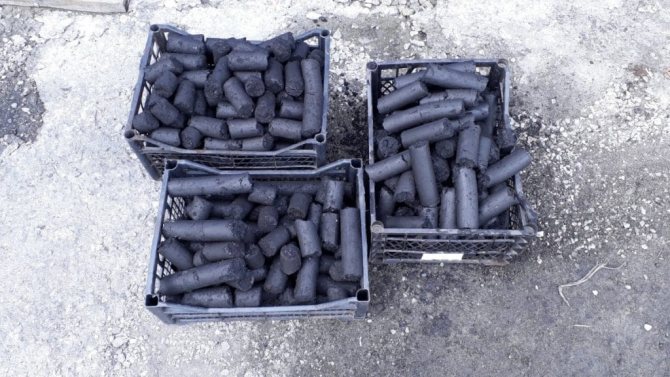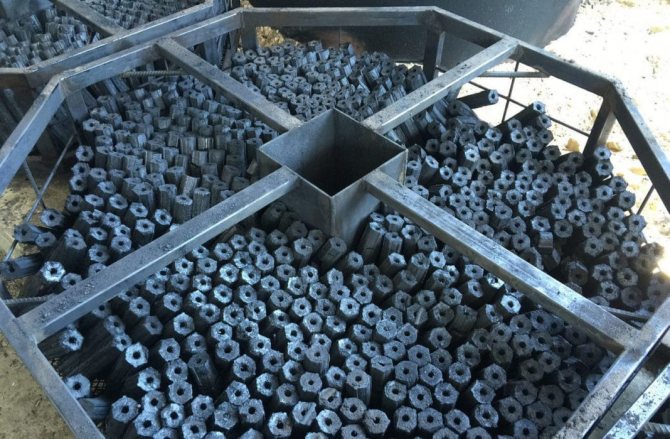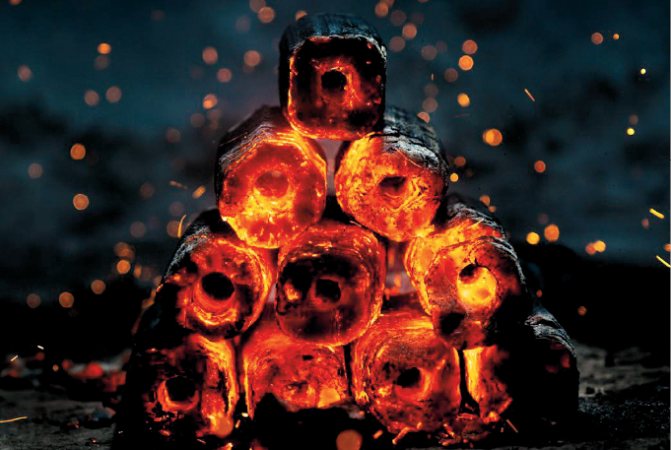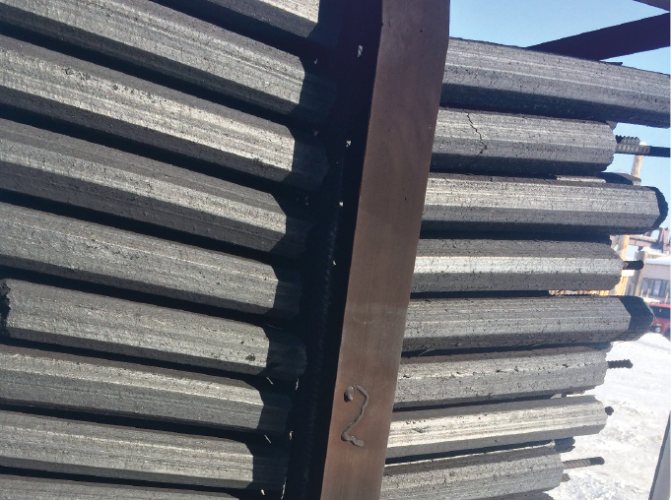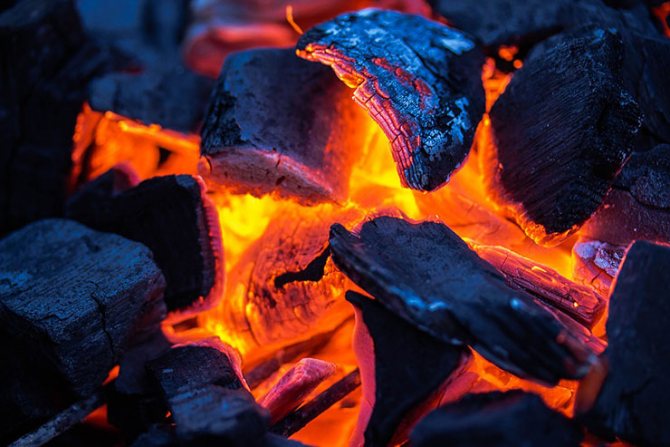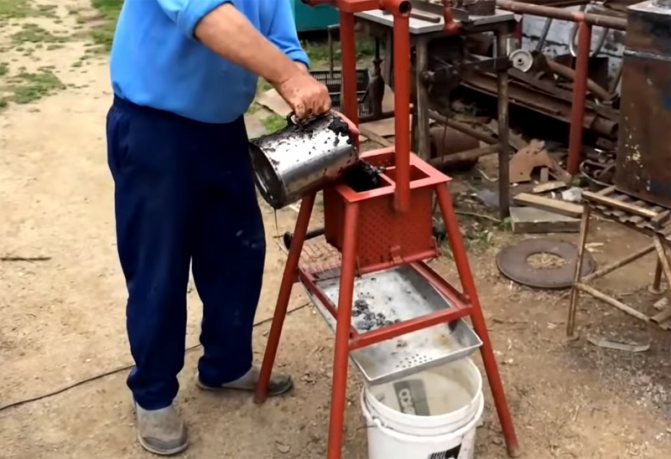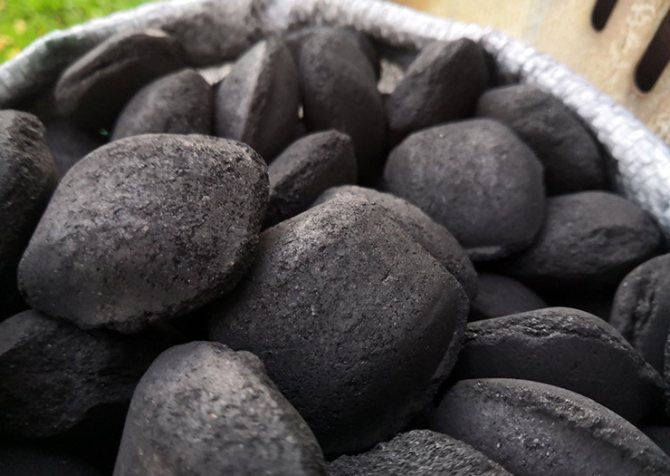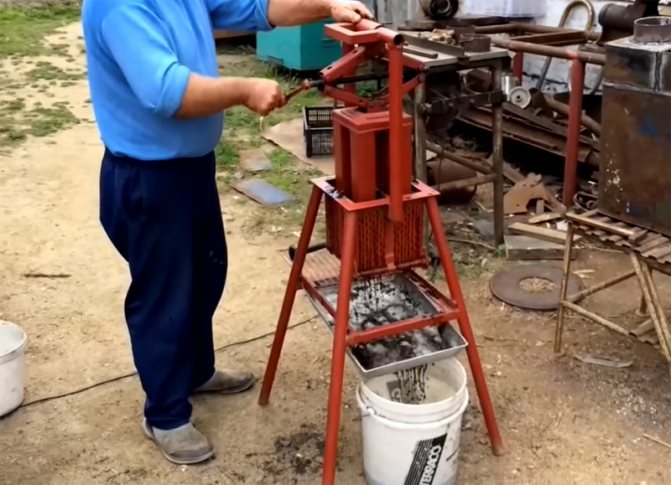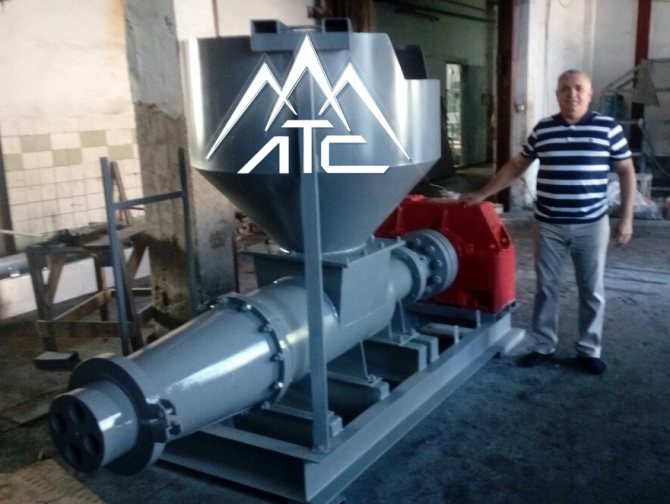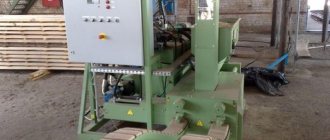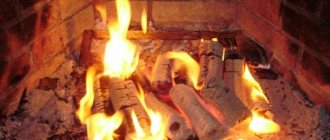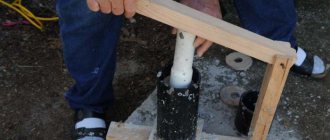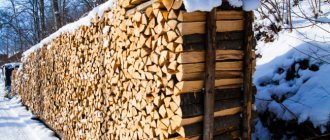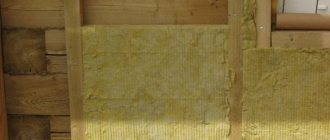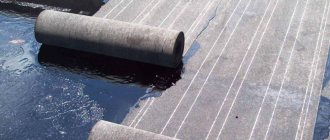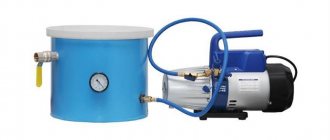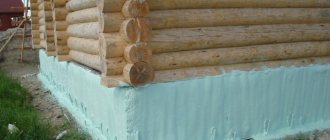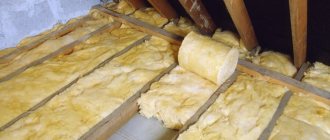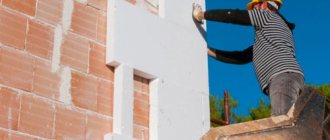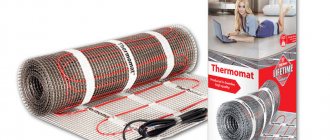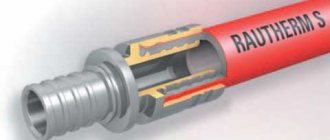Briquetting technology of hard coal / brown coal, coke
Coal briquetting technologies are designed to obtain marketable products from coal dust, screening, substandard and low-quality coal. Black or brown coals and coke can be used as raw materials.
Coal briquetting is a very old technology that has been developed using double roller presses, which has increased productivity and qualitatively improved the economic attractiveness of this business.
SAHUT-CONREUR was one of the companies that started the production of double roller presses at the beginning of the 20th century. We are located in northern France and, since the beginning of the 20th century, have installed more than 1000 briquetting plants in different parts of the world, of which more than 350 are for coal screening briquetting.
The technology of briquetting coal on roller presses was developed for the production of briquettes from coal fines coming after the coal screens and washing. Briquettes are intended for use as fuel for private or industrial boiler houses in the same way as conditioned coal, and are also packaged for retail sale and in this form can be exported.
In most cases, the coal briquetting process takes place with the addition of a binder (coal pitch, petroleum bitumen, tar, molasses and lime, lignosulfonate, starch, polymers ...). In some cases, briquetting is also possible without a binder.
The benefits of coal briquettes - conclusions
If we argue theoretically and take into account the assurances of the manufacturers of coal briquettes, then in terms of calorific value they should win over all other types of solid fuels. After all, only pure anthracite is capable of emitting 7.7-8 kW per 1 kg during combustion. Firewood, pellets and wood briquettes lag far behind in terms of specific heat of combustion, since they emit no more than 5 kW / kg.
But judging by the reviews of users of solid fuel boilers on thematic forums, the demand for briquetted coals is inferior to any types of wood due to the following reasons:
- flare up poorly and give off little heat;
- form a large amount of ash, or even pebbles, repeating the shape of briquettes;
- crumble into dust even during transportation;
- emit an unpleasant odor before and during combustion.
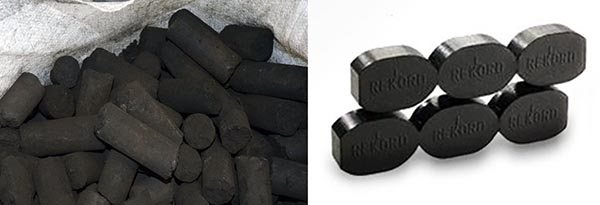
High-quality briquettes (on the right) with their black sheen noticeably differ from fuel made from brown coal, which does not burn very well in heating boilers and furnaces
If we analyze all the reviews about coal briquettes, it turns out that 70% of them are negative. This is primarily due to the fact that fuel producers are trying to make a profit using waste raw materials - sludge, charge and other obscene varieties of bituminous and brown coal. A briquette pressed from anthracite residues is not common.
Hence the conclusion suggests itself: if you want to get good fuel, then use the appropriate raw materials for briquetting with your own hands. When you have only dust and fines of low-calorie coal at your disposal, it is not always advisable to press them. On the other hand, such briquettes can be burned together with firewood, reducing the cost of purchasing them.
ADVANTAGES OF BRIQUETTED COAL
Technical solution:
- Obtaining a product of the same size, volume, shape and weight.
- Eliminate the problem of dust formation and rejects during transportation.
- The given hardness and strength of the briquette.
- Disposal of waste into commercial products
Consumer and Marketing Benefits:
- Higher energy value
- Longer burning time
- Ash powder
- Less CO2 and sulfur emissions
- Easier packing, transportation, warehousing
- Ready for automatic feeding into the firebox
- Possibility of packaging for the consumer market
- Export deliveries
Feasibility of installation
Some owners of gas boilers do not see the point in installing an additional source of heating at home - a coal stove. Others think this is a must. To understand which of them is right, you need to highlight the possible risks when operating heating systems (CO) without reserving the energy source:
- an accident on the gas main or in the local network;
- lack of heat capacity in extreme frosts;
- malfunctions in the boiler itself.
The price of a modular protection system with automatic input of a backup heating source may not be affordable for the owner of a private house, while a coal stove is an affordable alternative.
It makes no sense to equip a summer cottage or a hunting lodge with a CO with a water circuit. Even if you are there regularly once a week, but at the same time regularly heat an empty house all winter, the expenses will be absolutely unjustified. In small houses with a maximum of three heated rooms, a fireplace or stove will also be more appropriate than a boiler.
Many potential buyers are frightened by the lack of the ability to automate heating devices of this type. If you do not agree to perform the functions of a stoker around the clock, take a look at long-burning coal-fired stoves for the house. These devices are capable of operating up to 8 hours on a single load, and their efficiency is close to 90%.
BRIQUETTING OF COAL WITHOUT BINDER
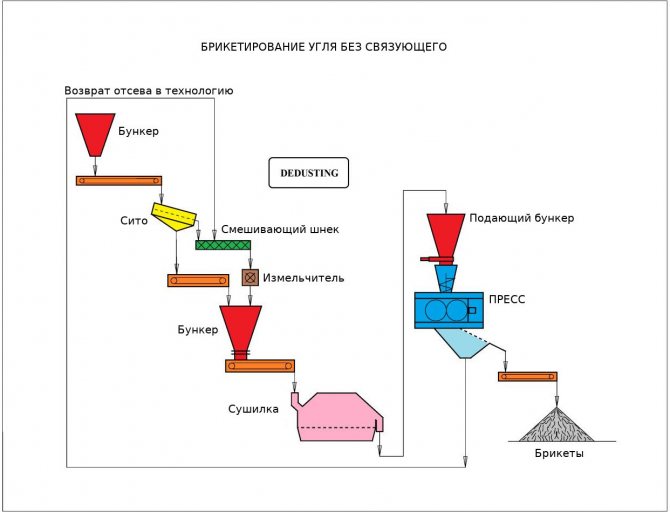

A binder-free coal briquetting plant consists of the following components:
- section for sorting and crushing coal, if the size of the coal is too large
- drying section if the moisture content of the coal is too high
- briquetting area on a double roller press
The capacity of a binderless coal briquetting plant can range from a few tons per hour to about 25 t / h.
Home production
In order to make coal briquettes with your own hands, you need to have the very dust of coal and clay, a safe binder. By adding a little water, dust and clay are mixed 10: 1, thus, the solution gets the desired consistency. It is very important to mix the substances thoroughly.
To create briquettes, you can use both a conventional construction mixer and special equipment, for example, the Weber trademark. If you decide to make briquettes by hand, you can use any containers, boxes, pots, etc. as a form. At the end of production, the fuel briquettes must be dried.
Naturally, homemade briquettes are not perfect. Their strength is not as great as that of industrial counterparts, they have different humidity and heat transfer.
But be that as it may, they burn perfectly in the boiler, much better than caking and sinking coal dust. And the cost price will certainly please them... The positive reviews left about this technology speak for themselves.
Boilers capable of operating on two types of fuel have recently become very popular. More about the combined equipment here: https://teplo.guru/kotly/combi/kombinirovannye-kotly-gaz-drova.html
How coal briquettes are made, see the following video:
No wonder the owners of solid fuel boilers prefer to use coal in briquettes. Compared to loose material, compressed material burns better and generates more heat for heating. Coal briquetting allows you to turn cheap coal dust into quality fuel for private and industrial use.
BRIQUETTING OF COAL WITH A BINDER
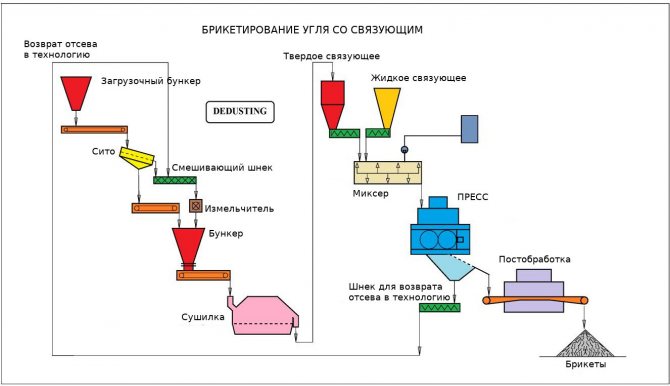

The binder coal briquetting plant consists of the following sections:
- section for sorting and crushing coal, if the size of the coal is too large
- drying section if the moisture content of the coal is too high
- binder addition area
- briquetting area on a double roller press
- (optional) post-processing section (cooling, ripening and drying depending on the used binder)
The capacity of the plant for the production of briquettes from coal with a binder can be from several tons per hour to 100 t / h for large presses.
Possible binders
- coal pitch
- petroleum bitumen
- resin
- molasses and lime
- lignosulfonate
- starch
- polymers, etc.
The specific binder for coal briquettes is determined by the availability in the region and the requirements for the final product. The optimal proportions of the binder and the parameters of the finished briquette are determined when testing coal in France on a pilot.
Where it is used and where it cannot be used
It is mainly used for heating needs in everyday life, but recently it has become more often used in metallurgical and chemical enterprises, as well as in power plants and boiler houses. In general, briquettes can be used in any enterprise or in a private house where equipment operating on solid fuels is installed - coal, wood, etc.
But you should be aware that in no case should you use a coal briquette to start a fire in barbecues, grills and other ovens for cooking, on which there is direct contact of smoke with food. Such equipment is simply not designed for the temperature produced by this fuel, and it will fail, and the emitted caustic and harmful substances contained in coal will make food unusable.
Testing of raw materials and binder for coal briquettes
Coal in each particular deposit has individual chemical and physical characteristics, and different binders may be available in each region.
To accurately determine the required composition and characteristics of the equipment, it is necessary to carry out preliminary testing of the customer's material at the manufacturer's plant in France. To carry out the tests, the customer needs to send the coal to France for testing.
As a result of the tests, it will be possible to:
- determine the required composition and characteristics of the equipment
- determine the type and proportion of the binder
- get a finished briquette and determine its characteristics
- calculate accurate economic indicators of production
Also, only during testing it is possible to determine whether coal is suitable for briquetting without a binder and what the technical and economic indicators of production will be in this case, as well as the quality characteristics of the briquette.
How are fuel briquettes prepared and transported?
As you can see, during the production of briquette fuel, combustion rates increase, which makes artificial fuel a good alternative to coal.
To melt the stove with peat, it must be dehydrated and thoroughly crushed. The production of briquettes for heating and peat processing is located next to his deposit. Hence, the cost is not high, since there is no need to transport it from deposits to the place of processing. The production costs of peat briquettes are low, therefore the retail price is low. The cost is affected by the cost of transport services. In the entire production scheme, this stage is the most costly. As you can see, the convenient form of the finished material allows you to transport large volumes in comparison with their original sources.
COMPARISON OF OPTIONS for coal briquetting with and without a binder
Coal briquetting using a binder:
- +
Suitable for any hard or brown coal - +
High productivity (up to 100 t / h) - +
Low specific energy consumption - +
Possibility to receive waterproof briquettes - +
Low cost of consumables - —
Equipment is more expensive and more complicated, a binder is required
Briquetting coal without binder:
- —
Applicable only for certain coals - —
Drying is compulsory - —
Limited capacity (up to 25 t / h) - —
High specific energy consumption - —
High cost of consumables - +
No binder, easier and cheaper equipment
The technology of coal briquetting without binding additives seems more attractive at first glance, however, this significantly increases energy consumption, decreases the productivity and quality of the briquette.
After testing, it usually becomes apparent that briquetting with a binder is more economically viable, even considering the costs of purchasing, shipping and storing these materials.
Storage conditions for fuel briquettes
The clear shape and high density of the fuel blocks allows a small storage area to be allocated. Up to two and a half tons of briquettes for the stove can be neatly stacked on one cubic meter. At the same time, the required level of ambient humidity should not exceed 80%.
It is not necessary to build a special room, you can store pressed fuel under a canopy. The main thing is that moisture does not get on it, and air circulates around. The most vulnerable to moisture is considered to be pressed husk fuel.
No harmful fumes come from it. Not subject to spontaneous combustion. It practically does not absorb moisture from the air due to its high density. Therefore, it maintains performance for a long period of time.
Stages of the technological process of coal and coke briquetting
Grinding coal in a hammer crusher
Grinding of coal is necessary to obtain the required homogeneous fraction, therefore, before or after drying, the coal is passed through a hammer mill.
Drying coal in a drying drum
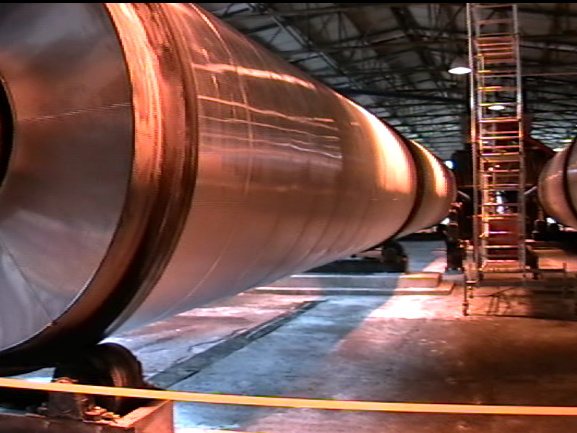

Drying is necessary to lower the moisture content of the coal before adding the binder. The degree of drying depends on the binder and technology used. The final product has a moisture content of 5-10%.
Compaction of crushed coal and coal dust
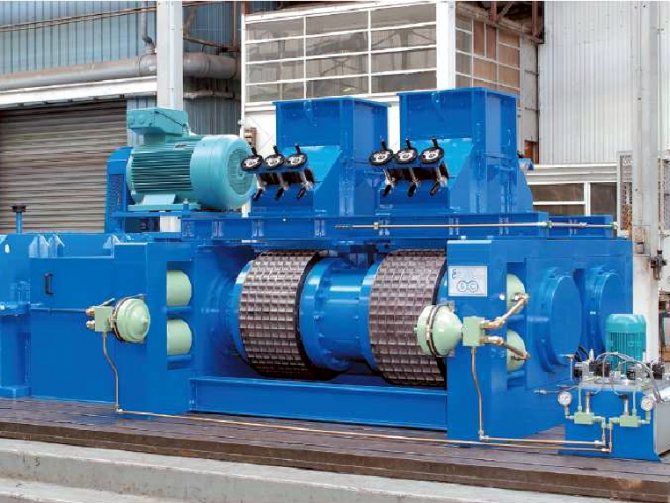

The pressing of coal dust and crushed coal fraction is carried out on two-roller presses that meet the requirements of the industry:
- High performance
- Low specific energy consumption
- High reliability
Our partner is the world leader in the production of this French equipment.
Post-processing (ripening) of a coal briquette
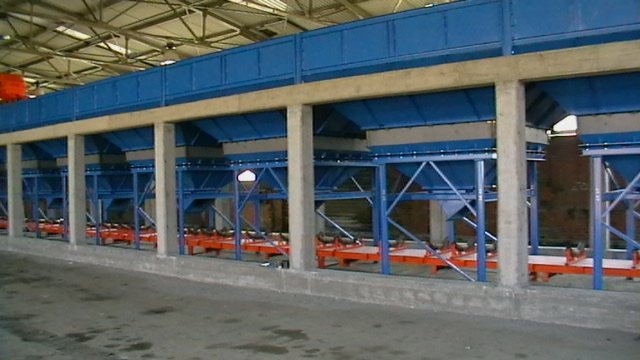

Depending on the type of coal and binder in the technology, it may be necessary to cool in a special way and hold the finished briquette for some time in special bunkers, during which the briquette gains strength.
The holding time is individual and is determined at the testing stage.
If you are interested in the technology for the production of coal briquettes, we will be happy to answer your questions.
Loading raw materials into the washing machine
Old Soviet-made washing machines are good because they have survived to our times and continue to work, as they did three or four decades ago. In order to prepare the basis for long burning briquettes, it is best to use just such a trouble-free unit.
The soaked cardboard is loaded into the washing compartment a little more than half of the container. Why exactly in the washing machine? It is the ideal shredder for soaked cardboard. After all, in order to be able to mix it with coal dust, it is required to bring the cardboard to a mushy state, and the old washing machine copes with this task perfectly.
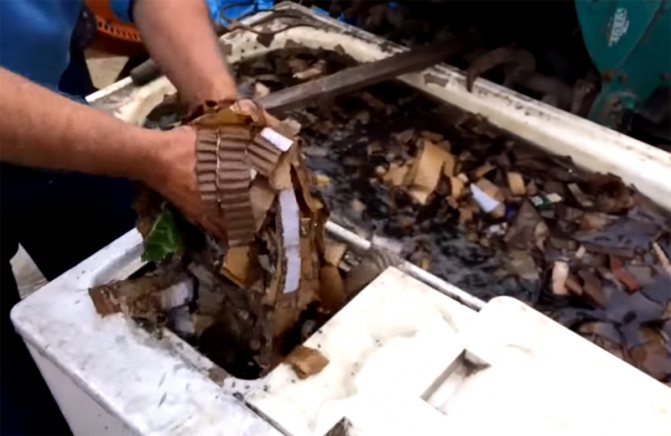

The soaked cardboard is loaded into the washing machine
Now you need to thin the mass a little. To do this, 2.5-3 buckets of water are poured into the machine (it is taken directly from the bath). By the way, in order to avoid too much consumption, the liquid squeezed out of the raw material by the press is also collected in a bucket and returned to the bath.
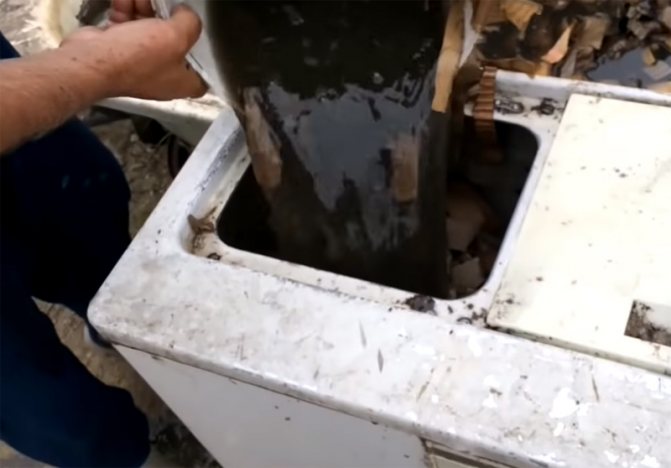

2.5-3 buckets of water are poured into the machine
Now you can start the washing machine and go do other things. However, don't count on a lot of time. Usually some 5-7 minutes are enough, after which you can continue downloading.
After the specified time, you should see how well the cardboard is ground. If everything is in order, you can add the next ingredient.
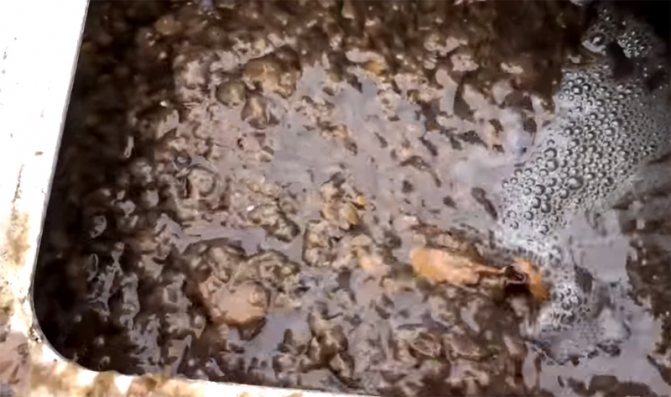

You should get such a mushy mass
Adding coal
Coal dust has always been considered waste. After all, it is quite problematic to heat the stove with it. The dust is too dense, and therefore completely blocks the flow of oxygen to the flame, as a result, the fire goes out. Here, coal dust will be mixed with cardboard particles, so there is no need to be afraid of problems in the supply of oxygen.
The entire batch of cardboard, which was shredded in a washing machine, will require a little more than half a bucket of coal dust. If you add more, then the briquettes will turn out to be loose, they will crumble, which means that there can be no talk of prolonged burning.
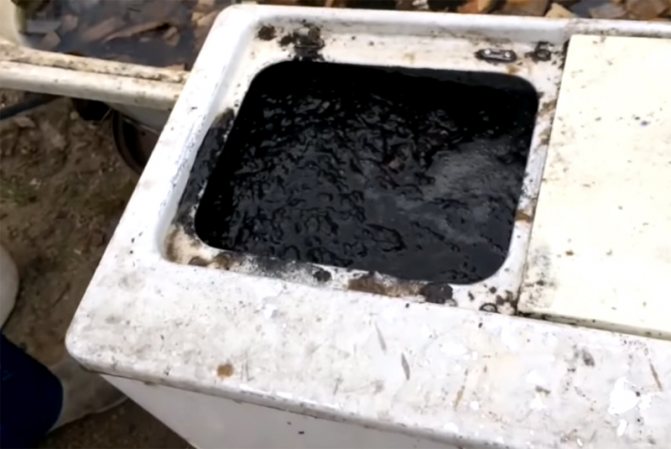

A little more than half a bucket of coal dust is poured into the crushed cardboard
A couple more minutes of machine operation, and the mass can be put into the press.

